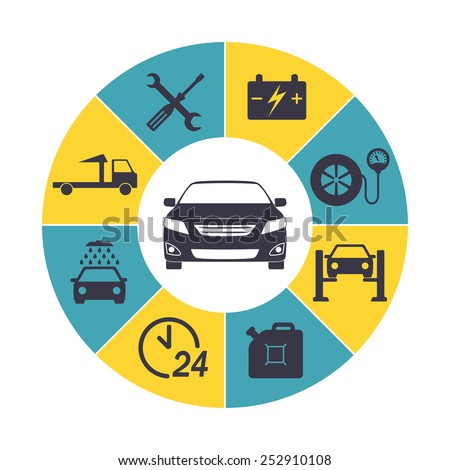Seeking Clarity On The Warning Lights Displayed On Your Car'S Control Panel? Learn Exactly How They Connect To Your Vehicle'S Health And Safety
Seeking Clarity On The Warning Lights Displayed On Your Car'S Control Panel? Learn Exactly How They Connect To Your Vehicle'S Health And Safety
Blog Article
Team Writer-Lauritsen Dalgaard
When you lag the wheel, those beautiful caution lights on your control panel can be a little bit puzzling. Do you recognize what they're attempting to tell you regarding your automobile's health and wellness? Comprehending https://juliusojdxq.blazingblog.com/31286480/ten-necessary-tips-for-choosing-the-ideal-auto-service-center-in-your-location of these lights is crucial for your security and the long life of your automobile. So, continue reading this following time one of those lights pops up, would not you wish to decipher its message precisely and take the required steps to resolve it?
Common Caution Lights and Interpretations
Determine typical caution lights in your vehicle and recognize their meanings to guarantee safe driving.
Related Web Page of the most common warning lights consist of the check engine light, which signals issues with the engine or emissions system. If this light begins, it's essential to have your lorry inspected without delay.
The oil pressure warning light suggests reduced oil pressure, needing prompt interest to stop engine damage.
A blinking battery light could suggest a damaged charging system, possibly leaving you stranded otherwise addressed.
The tire stress tracking system (TPMS) light notifies you to low tire pressure, affecting automobile security and fuel performance. Disregarding this can bring about risky driving problems.
https://larchmontchronicle.com/auto-repair-and-gas-service-station-are-neighborhood-staples/ indicates a problem with the anti-lock stopping system, endangering your capability to quit quickly in emergencies.
Finally, the coolant temperature alerting light warns of engine getting too hot, which can result in extreme damage if not resolved promptly.
Recognizing these usual caution lights will help you address problems without delay and maintain secure driving problems.
Value of Prompt Interest
Understanding the typical caution lights in your cars and truck is just the initial step; the relevance of promptly addressing these warnings can't be stressed enough to ensure your safety on the road.
When a caution light brightens on your control panel, it's your automobile's means of connecting a potential issue that requires attention. Overlooking these cautions can bring about a lot more severe issues later on, endangering your security and potentially costing you extra out of commission.
Trigger interest to advising lights can protect against break downs and crashes. As an example, a blinking check engine light could indicate a misfire that, if left ignored, could cause damage to the catalytic converter. Resolving this immediately can save you from an expensive repair work.
In a similar way, a brake system advising light may signal low brake fluid or used brake pads, important components for your security when driving.
DIY Troubleshooting Tips
If you discover a caution light on your control panel, there are a couple of do it yourself fixing tips you can try prior to seeking professional assistance.
The primary step is to consult your cars and truck's manual to recognize what the specific warning light shows. Often the problem can be as easy as a loose gas cap causing the check engine light. Tightening the gas cap may deal with the issue.
Another usual issue is a low battery, which can cause different alerting lights. Examining the battery links for corrosion and ensuring they're safe could repair the issue.
If a caution light lingers, you can attempt resetting it by disconnecting the car's battery for a few minutes and then reconnecting it. Additionally, checking your vehicle's fluid levels, such as oil, coolant, and brake liquid, can help fix warning lights related to these systems.
Conclusion
To conclude, comprehending your automobile's caution lights is necessary for maintaining your car running efficiently and securely. By quickly attending to these signals and understanding what they indicate, you can avoid expensive repair work and prospective breakdowns.
Keep in mind to consult your car's handbook for certain information on each warning light and take action appropriately to ensure a trouble-free driving experience.
Remain notified, remain safe when driving!
